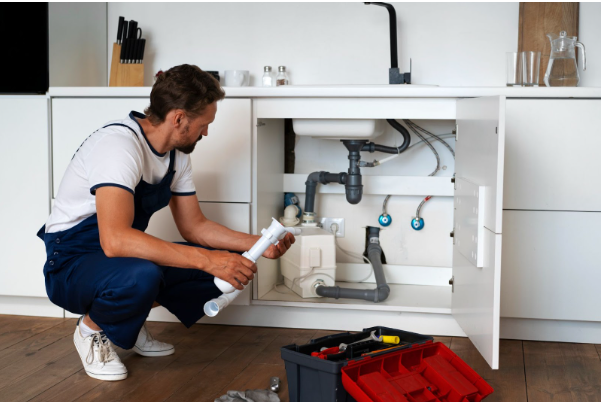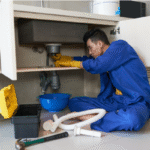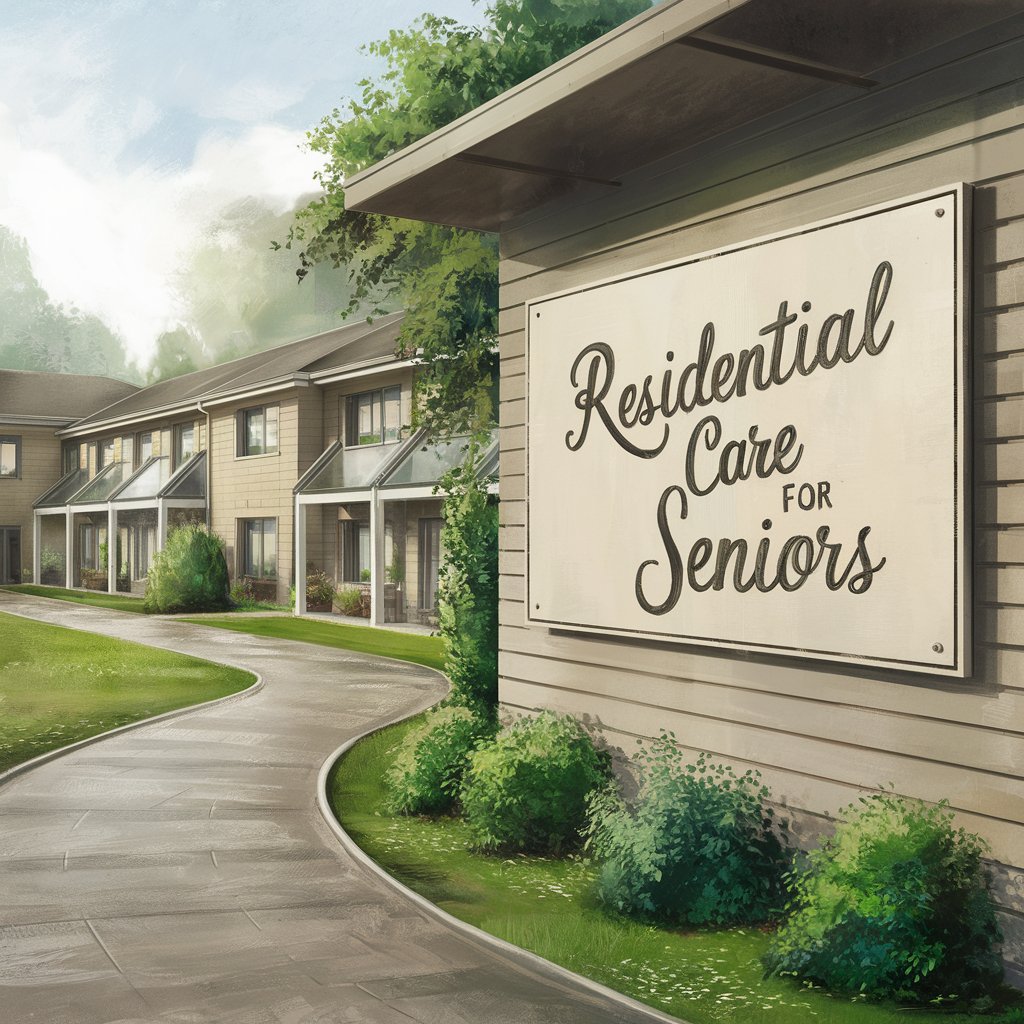Dealing with plumbing problems is never fun. From slow drains to strange gurgling sounds, the signs of a faulty pipe can disrupt your daily life and cause a lot of stress. When you realize there’s an issue, you’re faced with a big question: should you reline your pipes or replace them entirely? Both options solve the problem, but they are very different in terms of process, cost, and disruption.
This guide will walk you through the signs of pipe damage, explain what pipe relining involves, and help you understand when a full replacement might be necessary. With this information, you’ll be better equipped to make the right decision for your home and budget.
Identifying the Problem with Your Pipes
Before you can decide on a solution, you need to recognize the warning signs of a damaged pipe. Ignoring these issues can lead to more significant and expensive problems down the road, like water damage or major backups.
Here are some common indicators that your plumbing system needs attention:
- Frequent Blockages: If you’re constantly dealing with clogged sinks, toilets, or showers, it could mean there’s a serious obstruction or damage within your pipes. This is a frequent cause of blocked drains in the northern beaches and other areas.
- Slow Drains: Water that takes a long time to drain away is often the first sign of a developing blockage or a break in the pipeline.
- Gurgling Noises: Strange sounds coming from your drains or toilet are often caused by trapped air in the pipes, which can result from cracks or blockages.
- Foul Odors: A persistent sewer smell in or around your property is a clear red flag that there’s a crack or break in your sewer line.
- Water Damage or Mold: Unexplained damp spots, mold growth on walls, or a musty smell can indicate a hidden leak in your pipes.
- Lush Patches in Your Yard: If one area of your lawn is suddenly greener and more lush than the rest, it could be due to a leaking sewer pipe fertilizing the soil.
If you notice any of these signs, it’s time to call in a professional to assess the situation.
What is Pipe Relining?
Pipe relining is a modern, trenchless technology that repairs damaged pipes from the inside out. Instead of digging up your yard or breaking through walls, this method creates a new, seamless pipe within the old one.
The process generally involves these steps:
- Inspection: A technician uses a CCTV drain camera to inspect the inside of the pipe, pinpoint the damage, and determine if relining is a suitable option.
- Cleaning: The pipe is thoroughly cleaned using high-pressure water jets to remove any blockages, tree roots, or debris.
- Relining: A flexible liner coated with a special resin is inserted into the damaged pipe. This liner is then inflated, pressing the resin against the walls of the existing pipe.
- Curing: The resin is left to cure, or harden. This process can often be sped up using heat or UV light. Once cured, the resin forms a strong, durable new pipe inside the old one.
The biggest benefit of this method is that it’s minimally invasive. There’s no need for extensive excavation, which saves your landscaping, driveway, and floors from being destroyed. It’s also often faster and more cost-effective than a full replacement. Total Relining Solutions specializes in this kind of no-dig repair, offering a long-lasting fix for many common pipe problems.
When Is Full Replacement Necessary?
While pipe relining is an excellent solution for many issues, it isn’t always the right choice. In some cases, a full replacement is the only viable option.
Replacement is typically required when:
- The Pipes Have Collapsed: If the pipe is completely crushed or has collapsed, there’s no structure left for a liner to bond to.
- There Is Severe Damage: For pipes with extensive corrosion, multiple large breaks, or significant structural decay, relining may not provide a reliable, long-term solution.
- The Pipes are Improperly Sized or Graded: If the original plumbing system was installed with an incorrect slope (grade) or the pipes are too small for your needs, relining won’t fix this fundamental issue. The entire line will need to be re-laid.
A full replacement is a much larger job that involves digging trenches to access and remove the old pipes before laying new ones. While it’s more disruptive, it’s sometimes the only way to ensure your plumbing system is sound.
Making the Right Choice
Choosing between relining and replacement depends entirely on the condition of your pipes. The first step is to get a professional inspection from a trusted company like Total Relining Solutions. Their experts can diagnose the exact cause of your blocked drains in the northern beaches using advanced camera technology.
An expert assessment will provide a clear picture of the damage and help you understand your options. For many homeowners, the convenience and cost-savings of pipe relining make it the preferred choice for fixing cracks, leaks, and root intrusion. If your pipes are still structurally intact, it’s a fantastic way to extend their life for decades.
Conclusion
Ultimately, the best way to resolve plumbing issues is to act quickly. Whether it’s a slow drain or a foul odor, getting a professional diagnosis is key. A thorough inspection will determine whether a trenchless repair from Total Relining Solutions is possible or if a full replacement is needed. By understanding the state of your pipes, you can confidently choose the most effective and lasting solution, preventing small problems from turning into major disasters. Don’t let blocked drains in the northern beaches ruin your day—get an expert opinion and restore your peace of mind.






